Coneflower Herbal Uses – Growing Echinacea Plants As Herbs
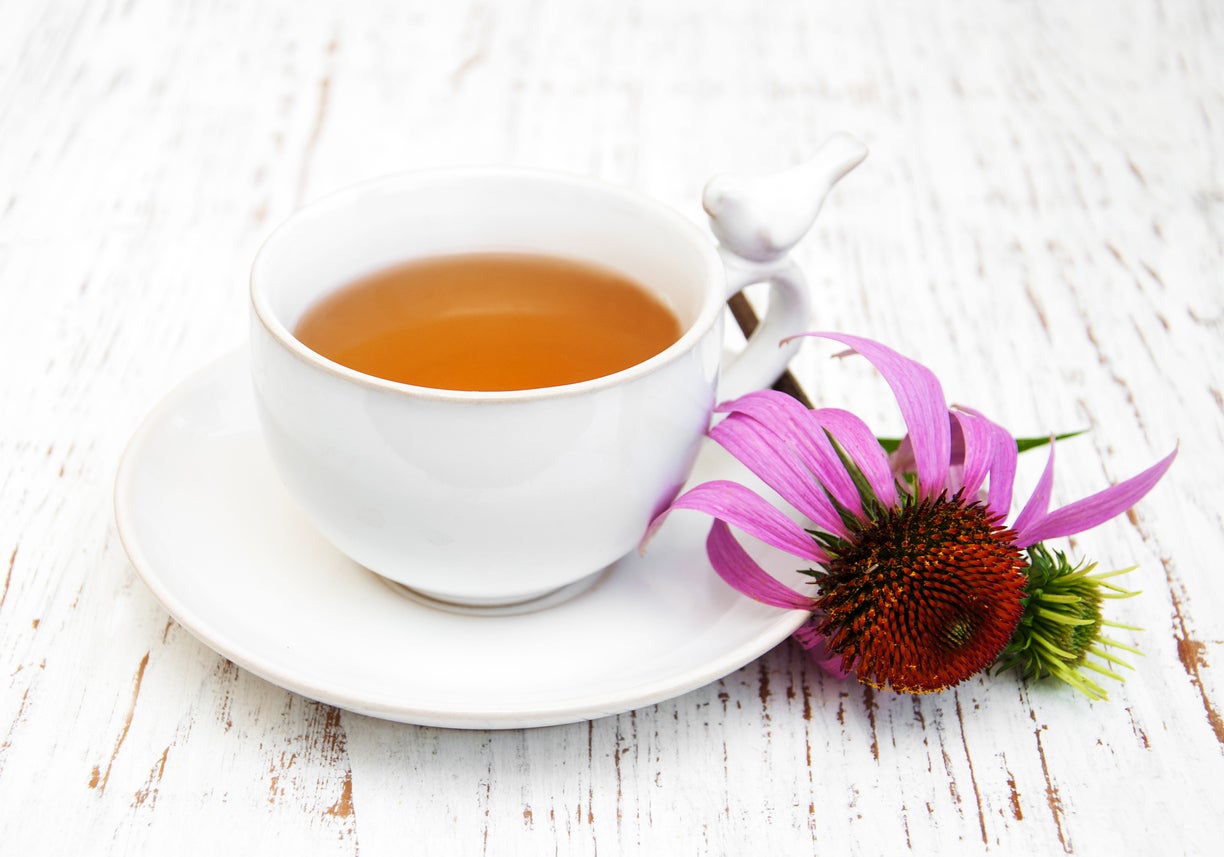

Coneflowers are perennials with daisy-like blossoms. In fact, Echinacea coneflowers are in the daisy family. They are pretty plants with big, bright flowers that attract butterflies and songbirds to the garden. People have also been using coneflowers medicinally for many, many years. Read on for more information on coneflower herbal uses.
Echinacea Plants as Herbs
Echinacea is a native American plant and one of the most popular herbs in this country. People in North America have been using coneflowers medicinally for centuries. Medicinal Echinacea was used for years in traditional medicine by indigenous Americans, and later by colonists. In the 1800's, it was believed to provide a remedy for purifying the blood. It was also thought to deal with dizziness and treat rattlesnake bites. During the early years of the 20th century, people began using Echinacea herbal remedies to treat infections as well. They would make extracts of the plant and apply or ingest them. Echinacea plants as herbs fell out of favor when antibiotics were discovered. However, people kept using cornflowers medicinally as an external treatment for wound healing. Some continued ingesting medicinal Echinacea to stimulate the immune system.
Coneflower Herbal Uses Today
In modern times, using Echinacea plants as herbs is again becoming popular and its effectiveness is being tested by scientists. Popular coneflower herbal uses include combatting mild to moderate upper respiratory tract infections, like the common cold. According to experts in Europe, Echinacea herbal remedies can make colds less severe and also cut short the duration of colds. This conclusion is somewhat controversial, however, since some scientists say that trials were flawed. At least nine studies though have found that those who used Echinacea herbal remedies for colds improved significantly more than the placebo group. Since some parts of Echinacea plants seem to enhance the human defense system, doctors have considered whether the plant’s herbal uses might include prevention or treatment of viral infections. For example, doctors are testing Echinacea for use in the fight against the HIV virus, the virus that causes AIDS. However, more testing is necessary. At any rate, the use of coneflower tea for cold treatment is still a popular practice today.
Gardening tips, videos, info and more delivered right to your inbox!
Sign up for the Gardening Know How newsletter today and receive a free copy of our e-book "How to Grow Delicious Tomatoes".

Teo Spengler is a master gardener and a docent at the San Francisco Botanical Garden, where she hosts public tours. She has studied horticulture and written about nature, trees, plants, and gardening for more than two decades. Her extended family includes some 30 houseplants and hundreds of outdoor plants, including 250 trees, which are her main passion. Spengler currently splits her life between San Francisco and the French Basque Country, though she was raised in Alaska, giving her experience of gardening in a range of climates.
-
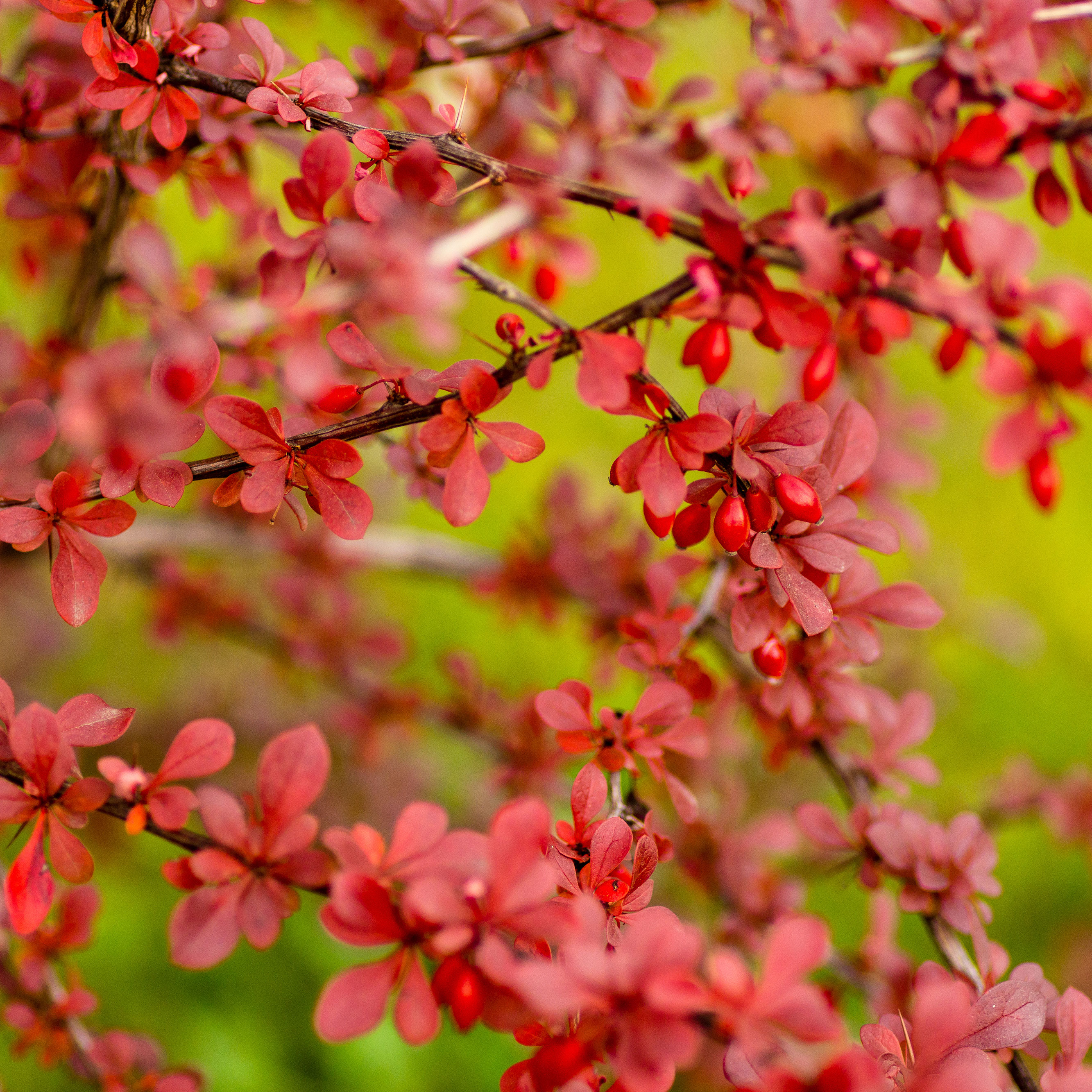 Which Invasive Shrubs Should You Avoid Growing? Plus, Best Natives To Plant Instead
Which Invasive Shrubs Should You Avoid Growing? Plus, Best Natives To Plant InsteadCertain plants may look lovely but they can wreak havoc to local areas and native wildlife. Here are the key invasive shrubs to avoid – with recommendations on gorgeous native alternatives to try
-
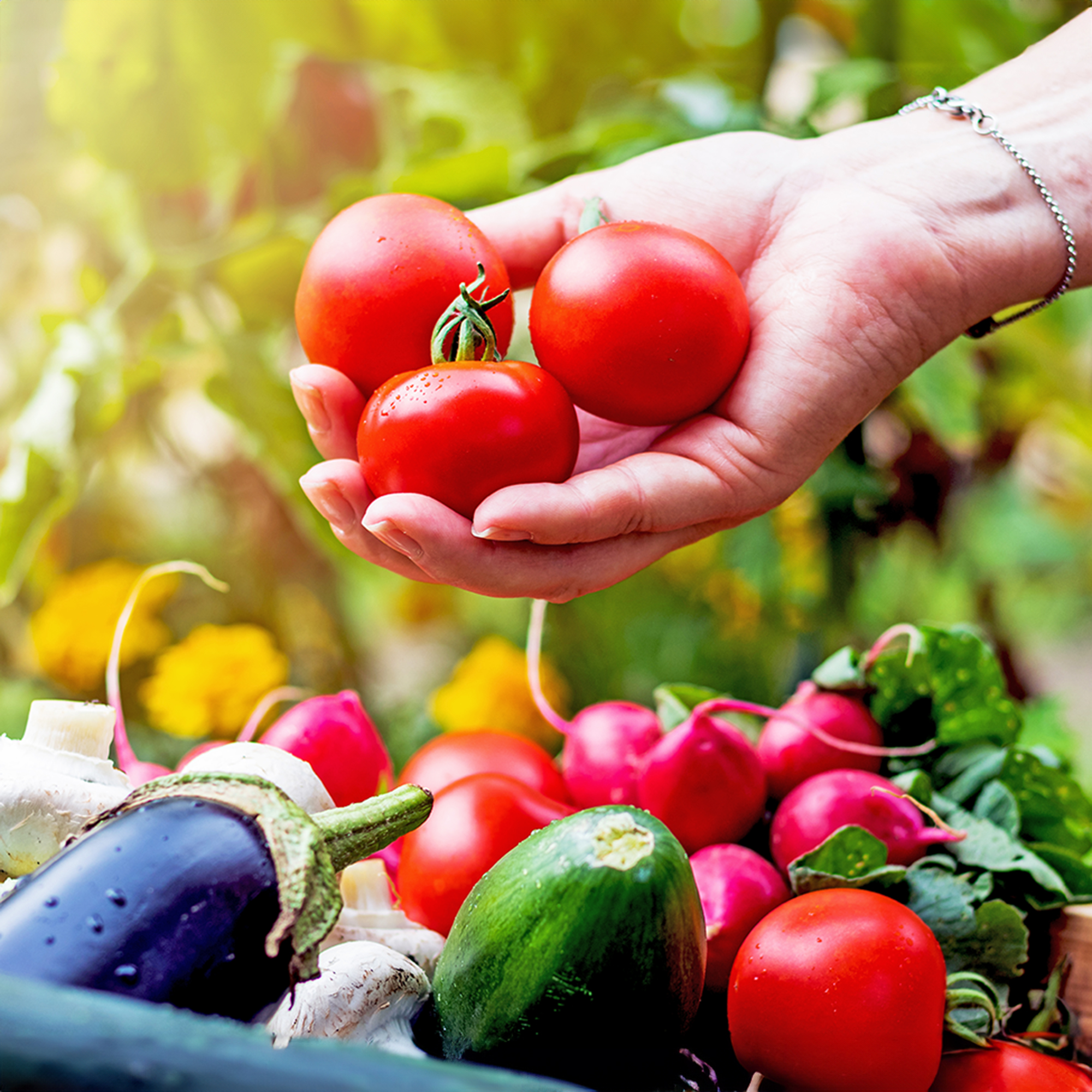 What Not To Plant With Tomatoes: 8 Bad Neighbors That Could Ruin Your Harvest
What Not To Plant With Tomatoes: 8 Bad Neighbors That Could Ruin Your HarvestNot all companion plants are beneficial – some can sabotage your tomatoes. Find out which ones to keep at a safe distance in the garden.
-
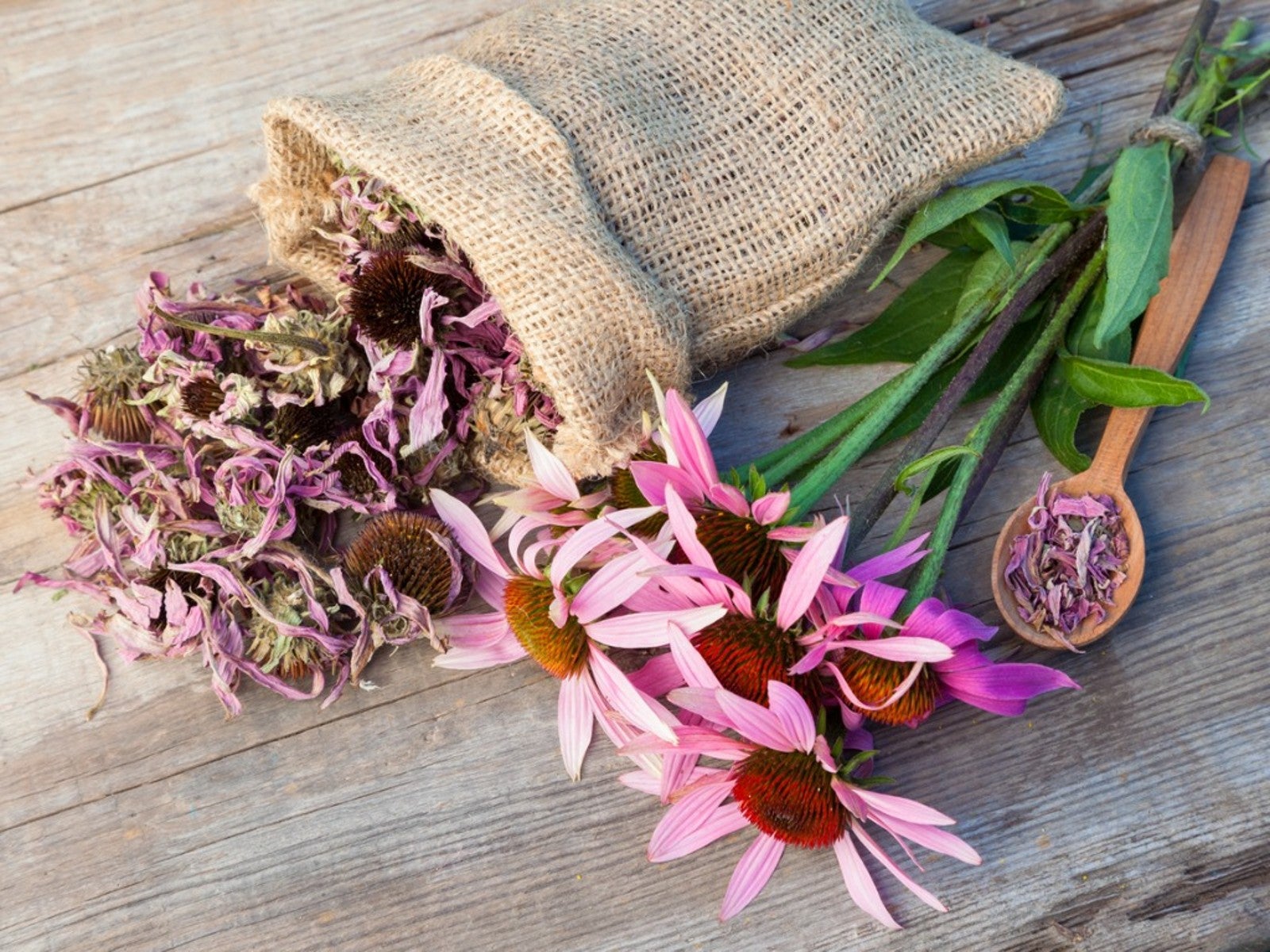 How To Harvest Echinacea Flowers, Seeds And Roots
How To Harvest Echinacea Flowers, Seeds And RootsThe entire echinacea plant can be harvested and used for medicine and health. Learn here how to harvest your pretty coneflowers, from seeds to roots.
-
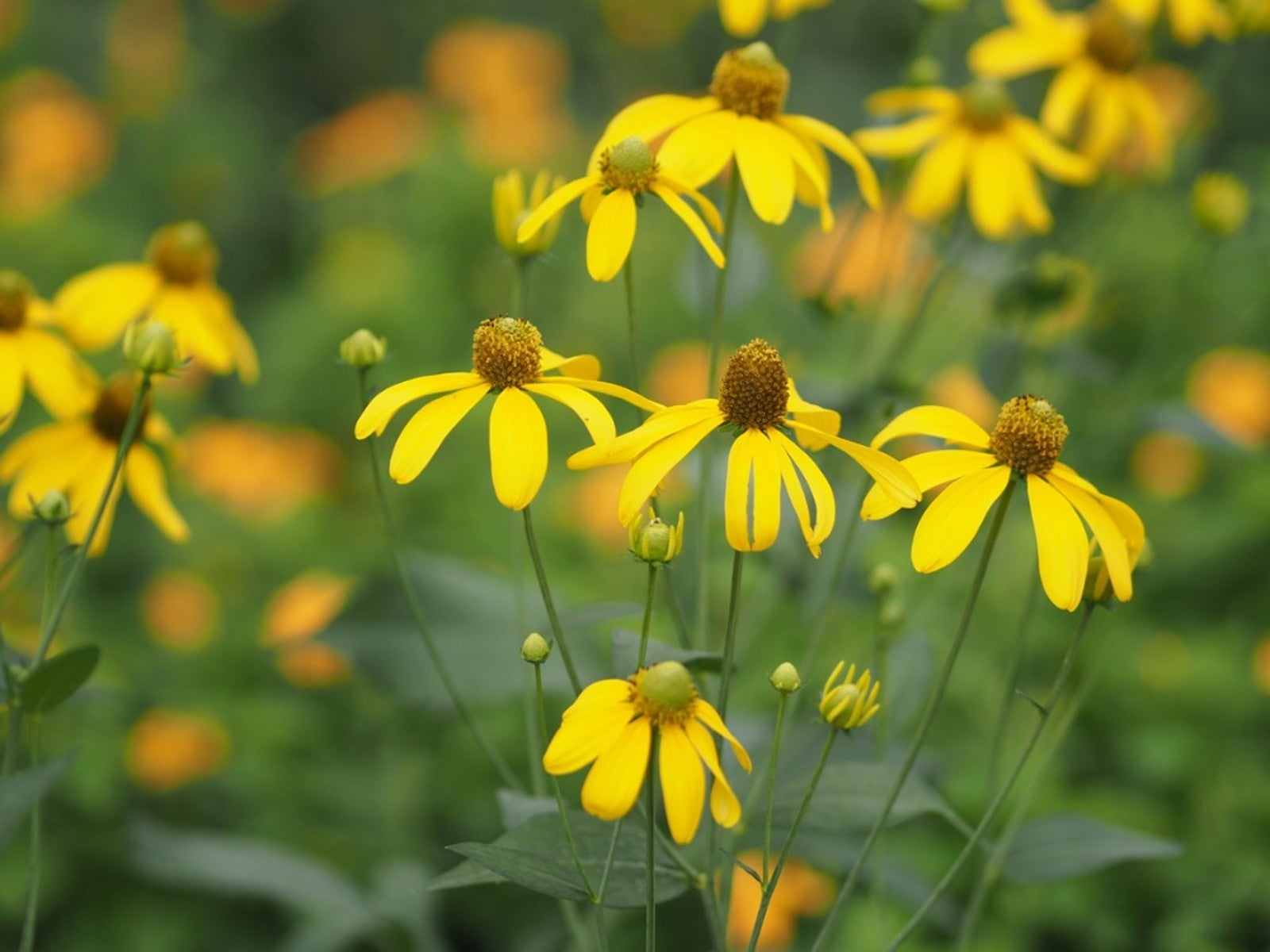 Growing Cutleaf Coneflower - Is Cutleaf Coneflower A Weed
Growing Cutleaf Coneflower - Is Cutleaf Coneflower A WeedCutleaf coneflower is a native wildflower, but that doesn't stop some from finding it weedy. Click here for more information.
-
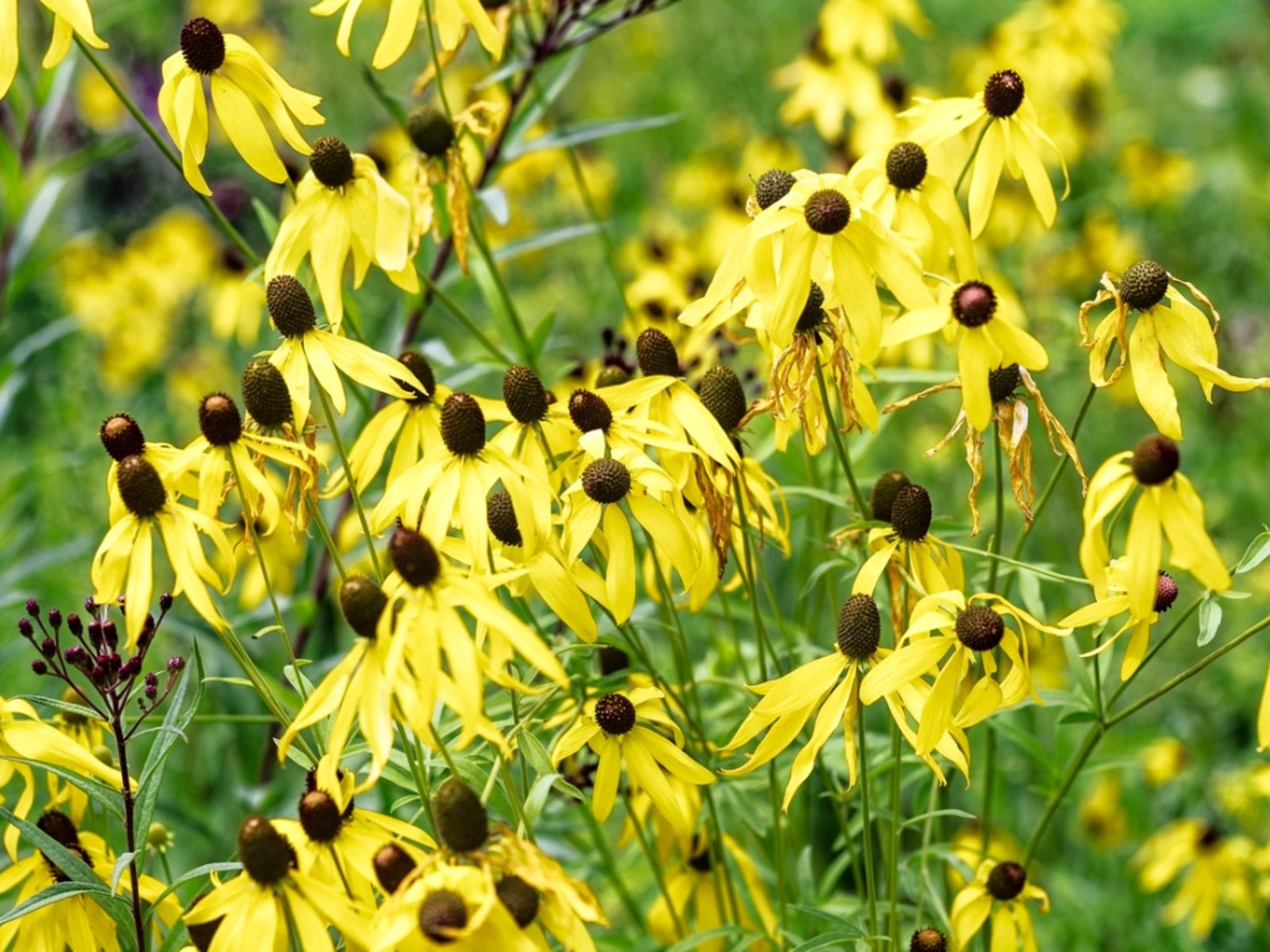 What Is A Gray Headed Coneflower Plant - Care For Gray Headed Coneflowers
What Is A Gray Headed Coneflower Plant - Care For Gray Headed ConeflowersThe gray headed coneflower plant goes by many names and is a native wildflower. Click here for more information on this perennial plant.
-
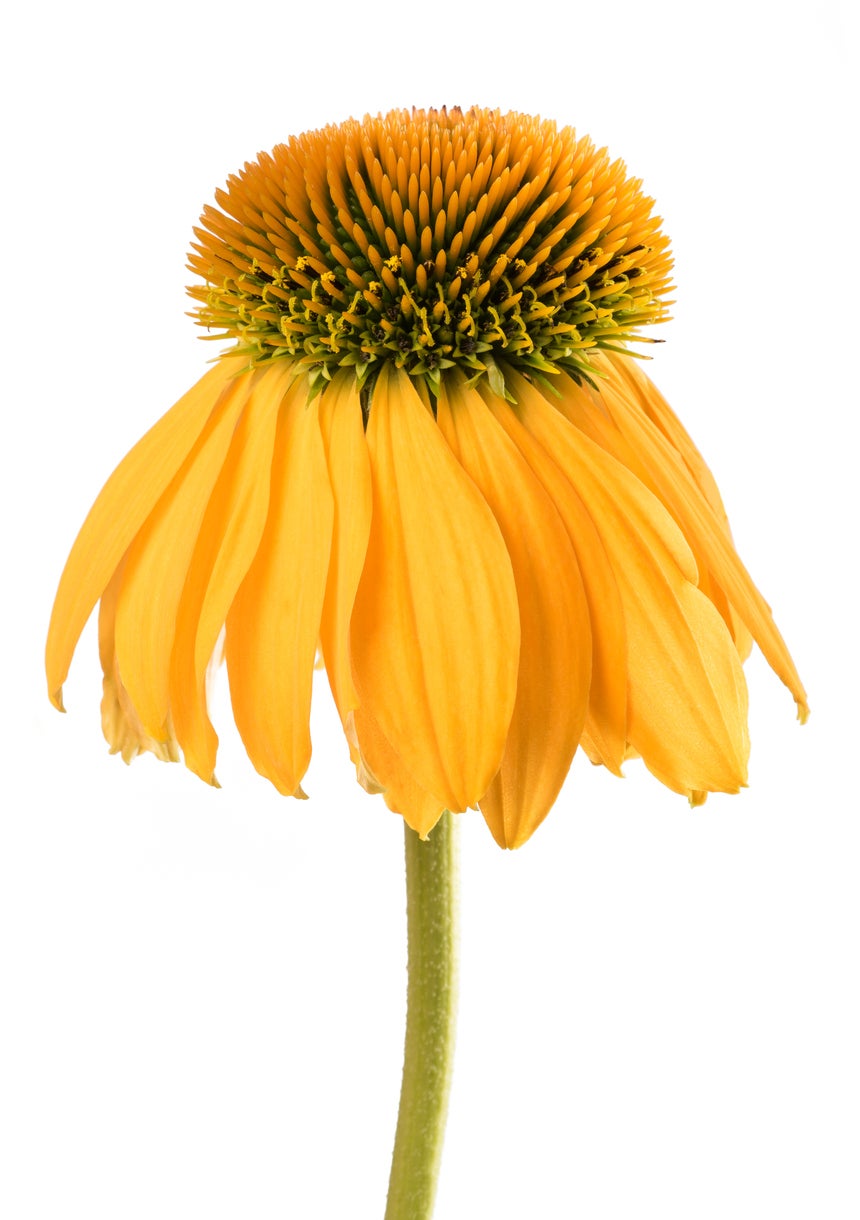 Yellow Echinacea Care – Learn About Growing Yellow Coneflowers
Yellow Echinacea Care – Learn About Growing Yellow ConeflowersEchinacea paradoxa stands out from other native echinacea plants. The “paradox” indicated in this variety’s name comes from the fact that it is the only native echinacea to produce yellow petals. Learn about growing yellow coneflowers here.
-
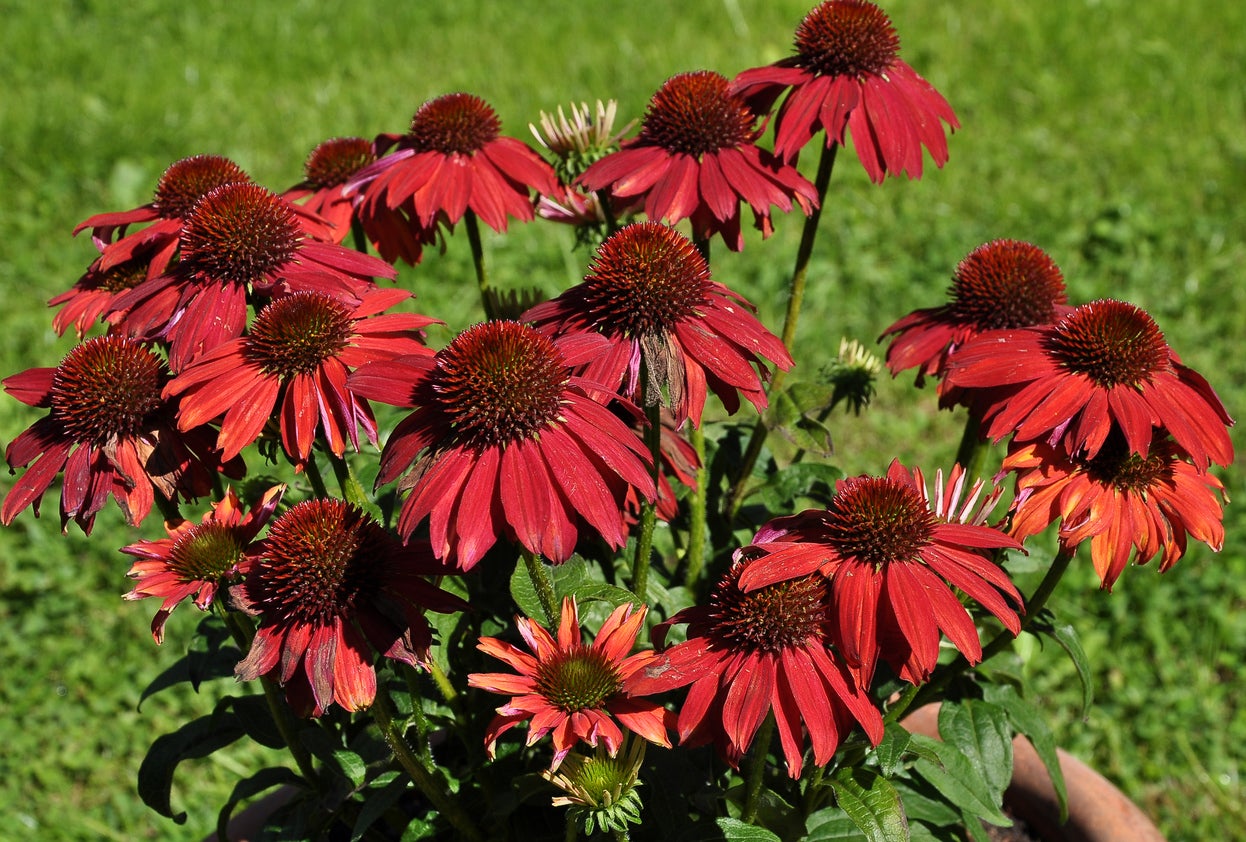 Types Of Coneflower – Learn About Different Kinds Of Coneflower Plant
Types Of Coneflower – Learn About Different Kinds Of Coneflower Plant -
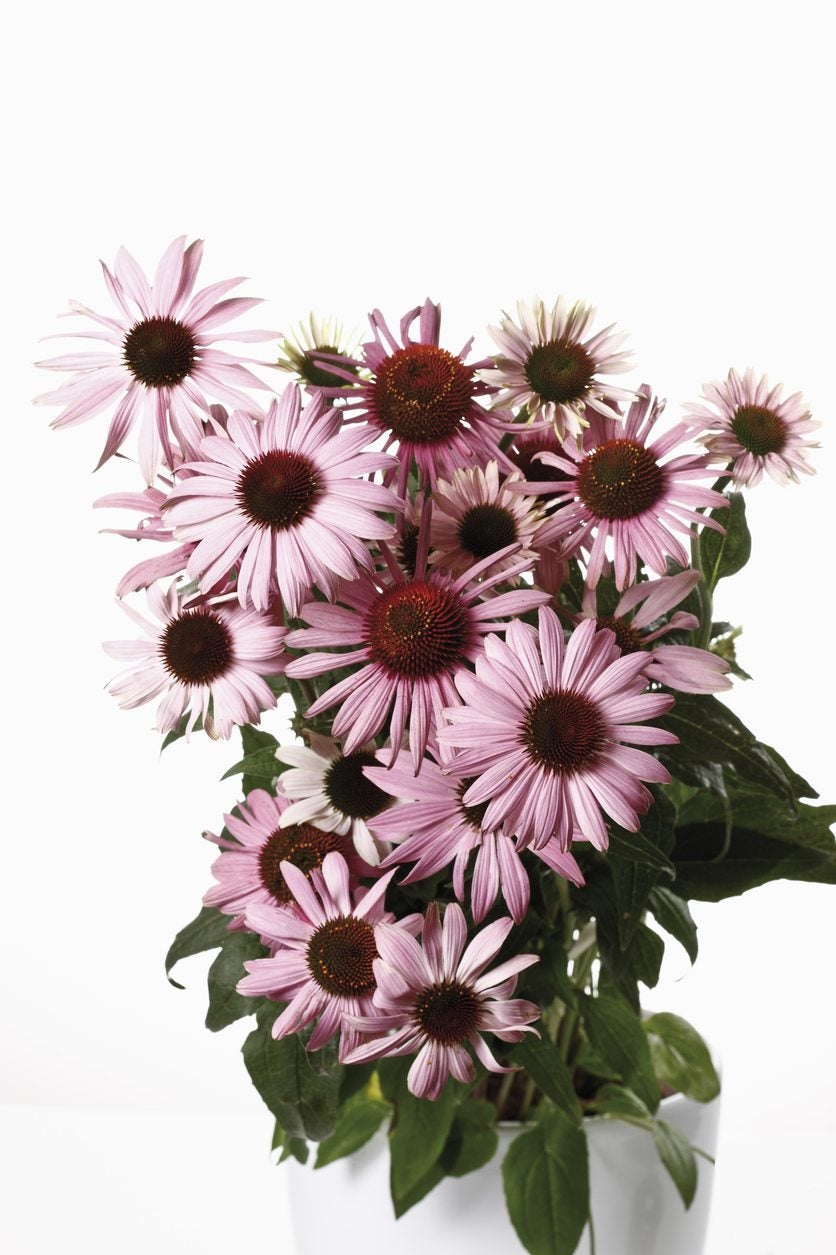 Coneflowers In A Pot – Tips On Caring For Container Grown Coneflowers
Coneflowers In A Pot – Tips On Caring For Container Grown ConeflowersConeflowers are very popular, colorful, flowering perennials. But what about containers? If you don't have the space for a garden bed, will coneflowers grow just as well on a patio or balcony? Click this article to learn more about how to grow coneflowers in a pot.
-
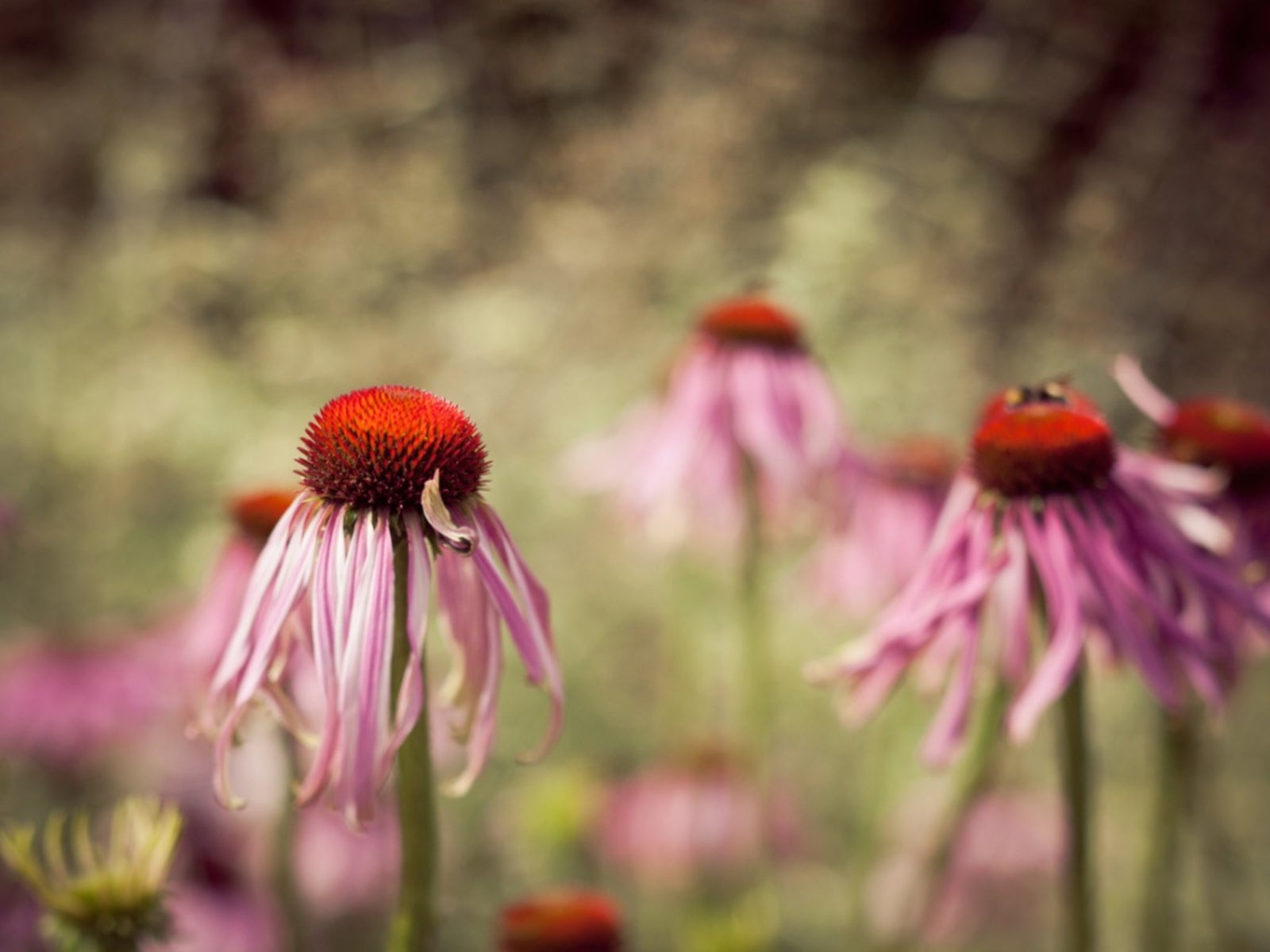 Echinacea Deadheading: Do You Need To Deadhead Coneflowers
Echinacea Deadheading: Do You Need To Deadhead ConeflowersAlso known as purple coneflower, Echinacea has grown wildly and contently for hundreds of years without any maintenance. When I suggest coneflowers to a customer, I am often asked "do you need to deadhead coneflowers?" Click here for the answer.
-
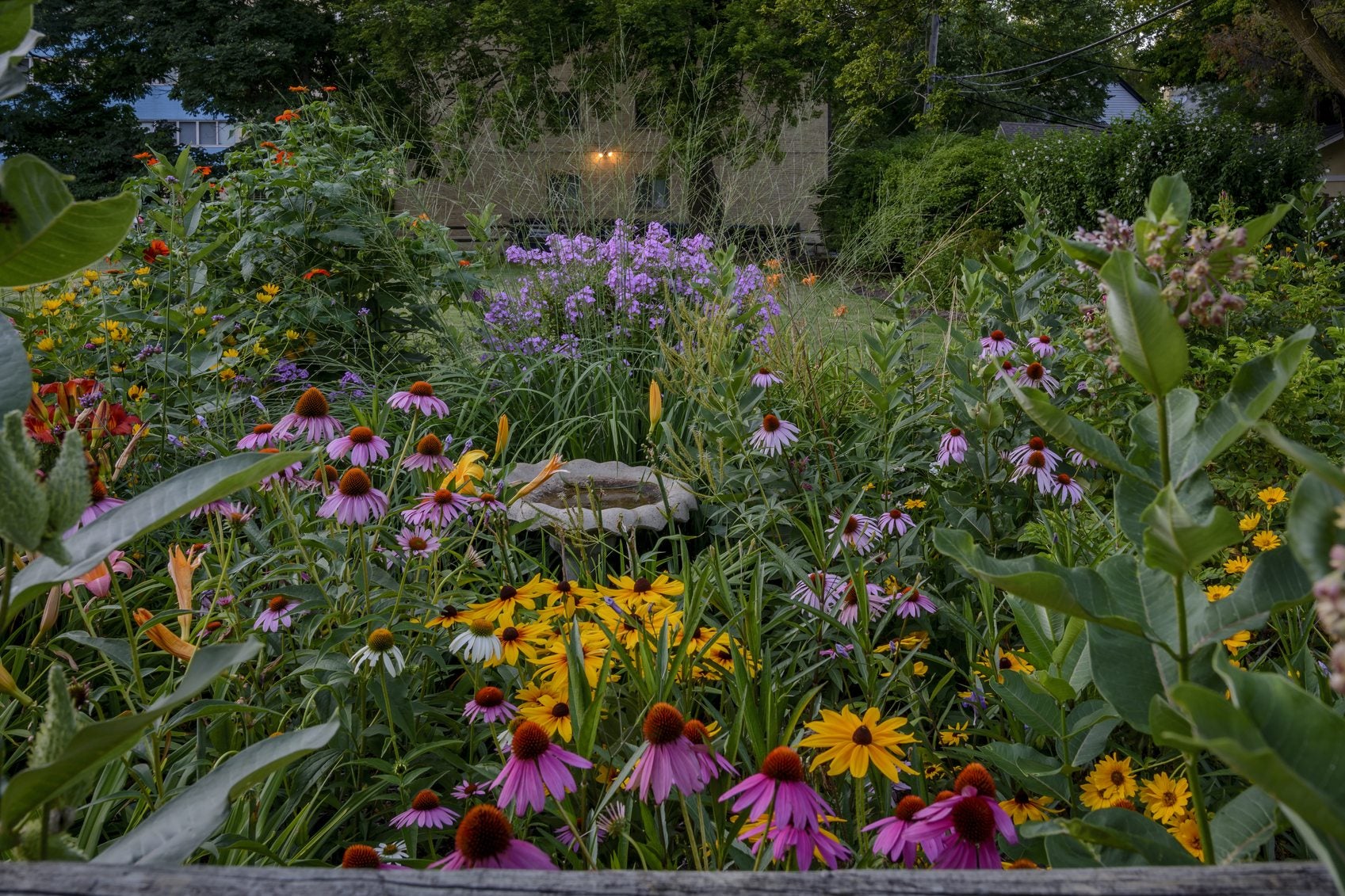 Companion Plants For Echinacea: Learn What To Plant With Coneflowers
Companion Plants For Echinacea: Learn What To Plant With ConeflowersCompanion plants for Echinacea should have similar cultural requirements and can create a bed with attractive blooms for any beneficial insect. To create a lively color bed, choose Echinacea companions carefully. This article will help get you started.